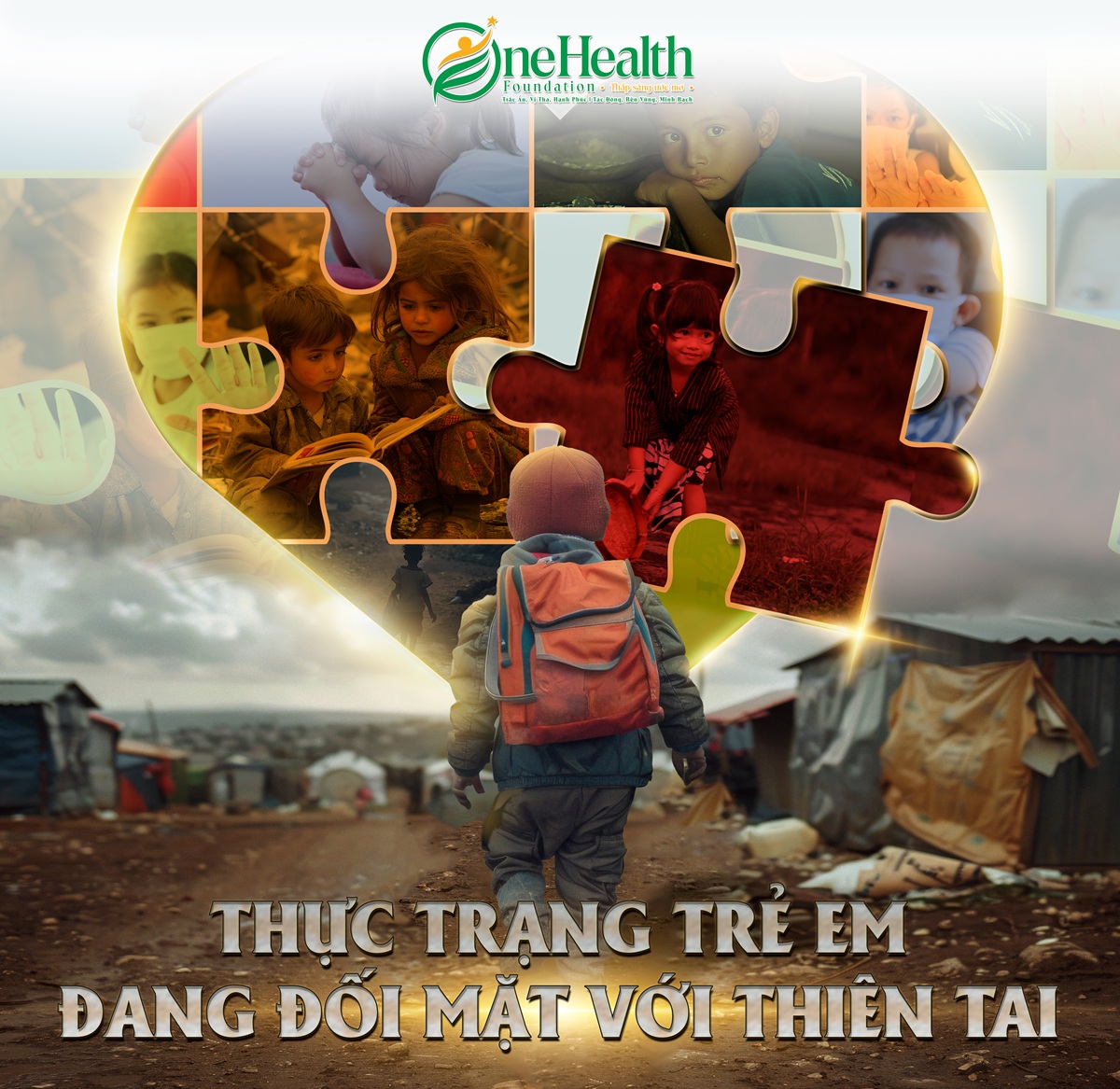Asia-Pacific is the world’s most disaster-prone region, and children are among the most vulnerable. According to a March 2025 UNICEF report, more than 210 million children in the region are at risk from storms, floods, and other natural disasters. In Vietnam, the March 2025 floods in the central region left thousands of children in need. So how serious is the situation, and what can we do to change it?
1. Children's Status According to UNICEF Report March 2025
UNICEF's report “Children's Health After Disasters: Challenges and Solutions in Asia and the Pacific 2025” paints a worrying picture:
- Malnutrition is widespread: 35% of children (about 73.5 million children) in disaster-hit areas are acutely malnourished due to loss of food and clean water. In Quang Binh and Quang Tri, Vietnam, floods in March 2025 left 10,000 children without enough food for at least two weeks.
- Vaccine shortages and disease risks: 40% of children (about 84 million) in disaster areas do not receive basic vaccines such as measles or polio. This increases the risk of outbreaks of diseases such as diarrhea and pneumonia, especially in rural communities.
- Psychological trauma: 25% of children (about 52.5 million children) suffered psychological effects, with symptoms of anxiety and fear due to losing their homes, schools, or loved ones. In Vietnam, 20,000 children in the central region lost access to education and health care for at least a month after the floods.
- Lack of clean water: 50% of children in flood-affected areas use polluted water, leading to dangerous intestinal diseases.
The report highlights that natural disasters not only cause material damage but also have long-term consequences for children's health and future. Vietnam, along with the Philippines, Myanmar, and Bangladesh, is among the countries with the most vulnerable children.



